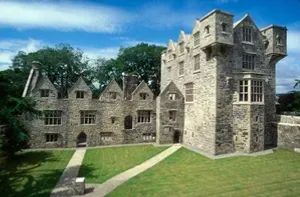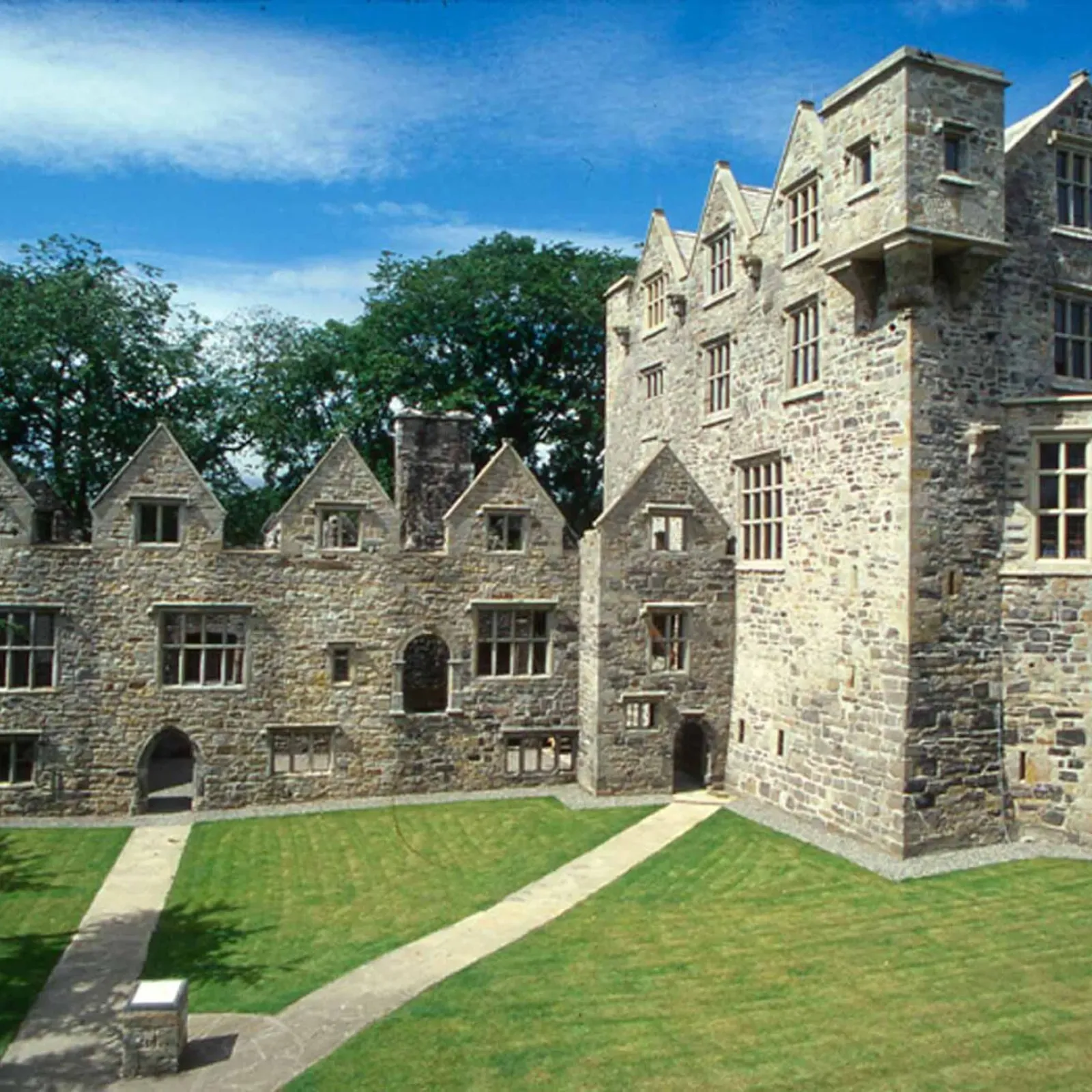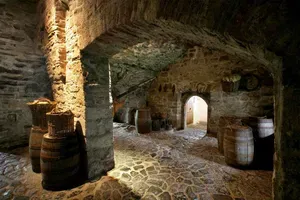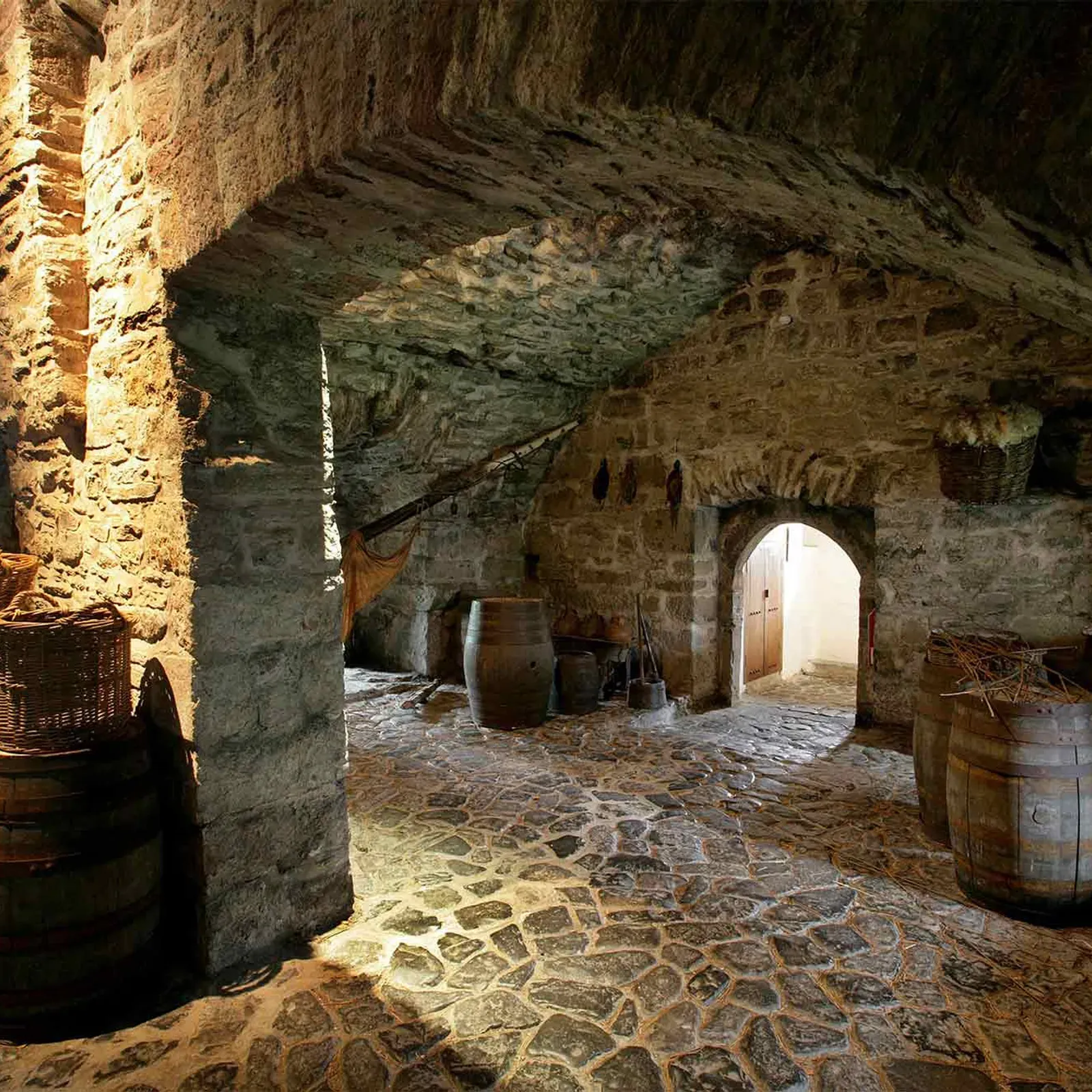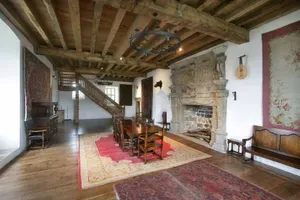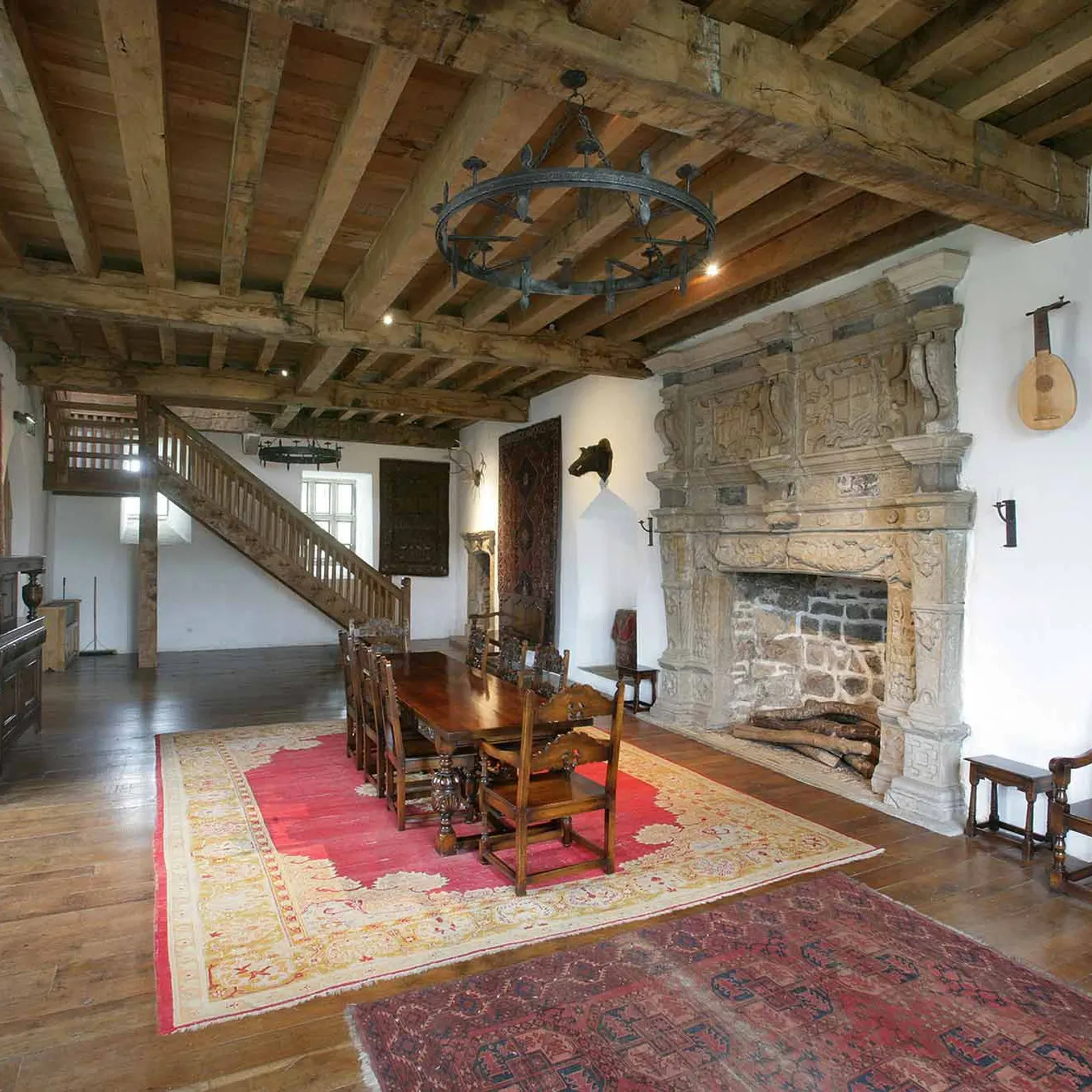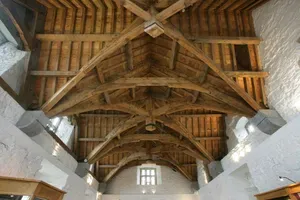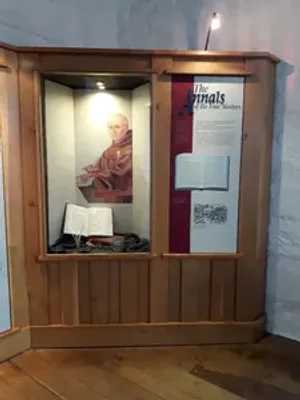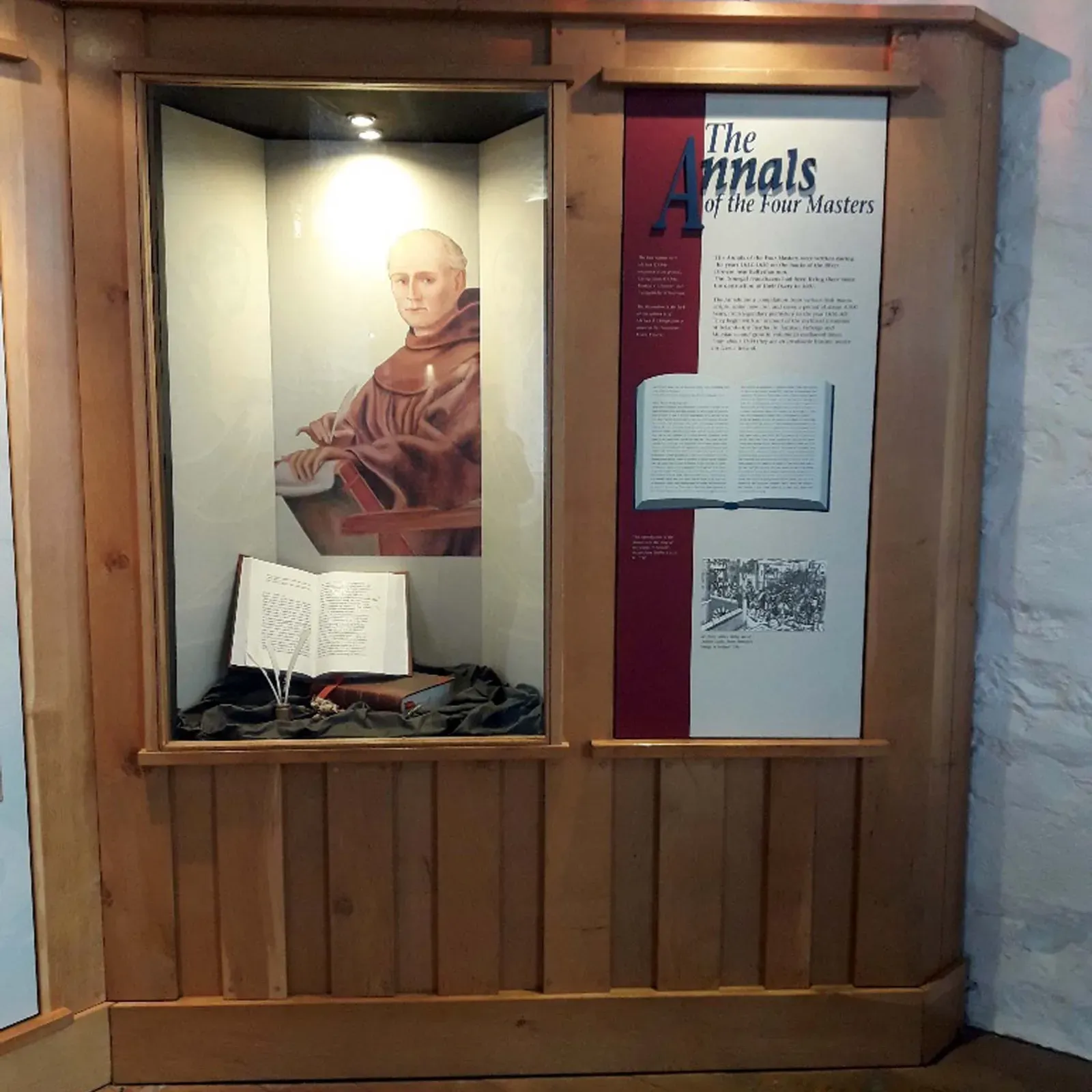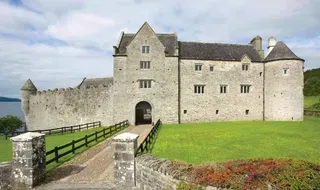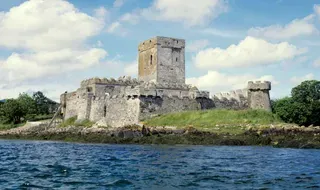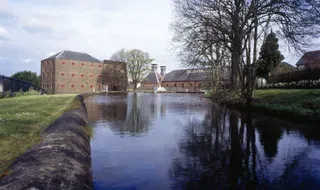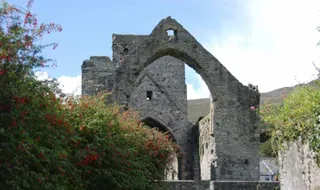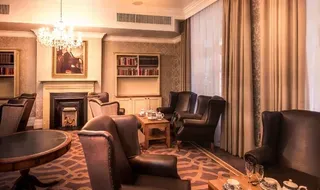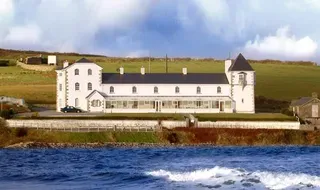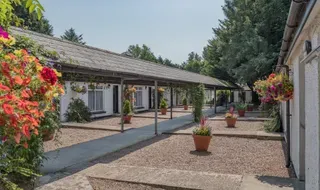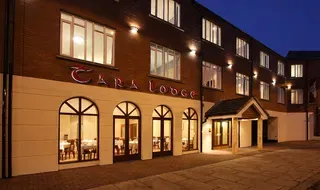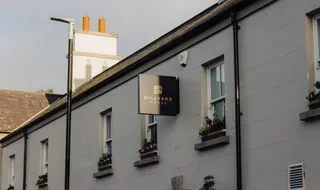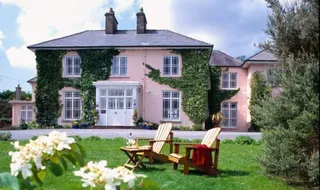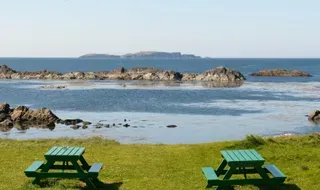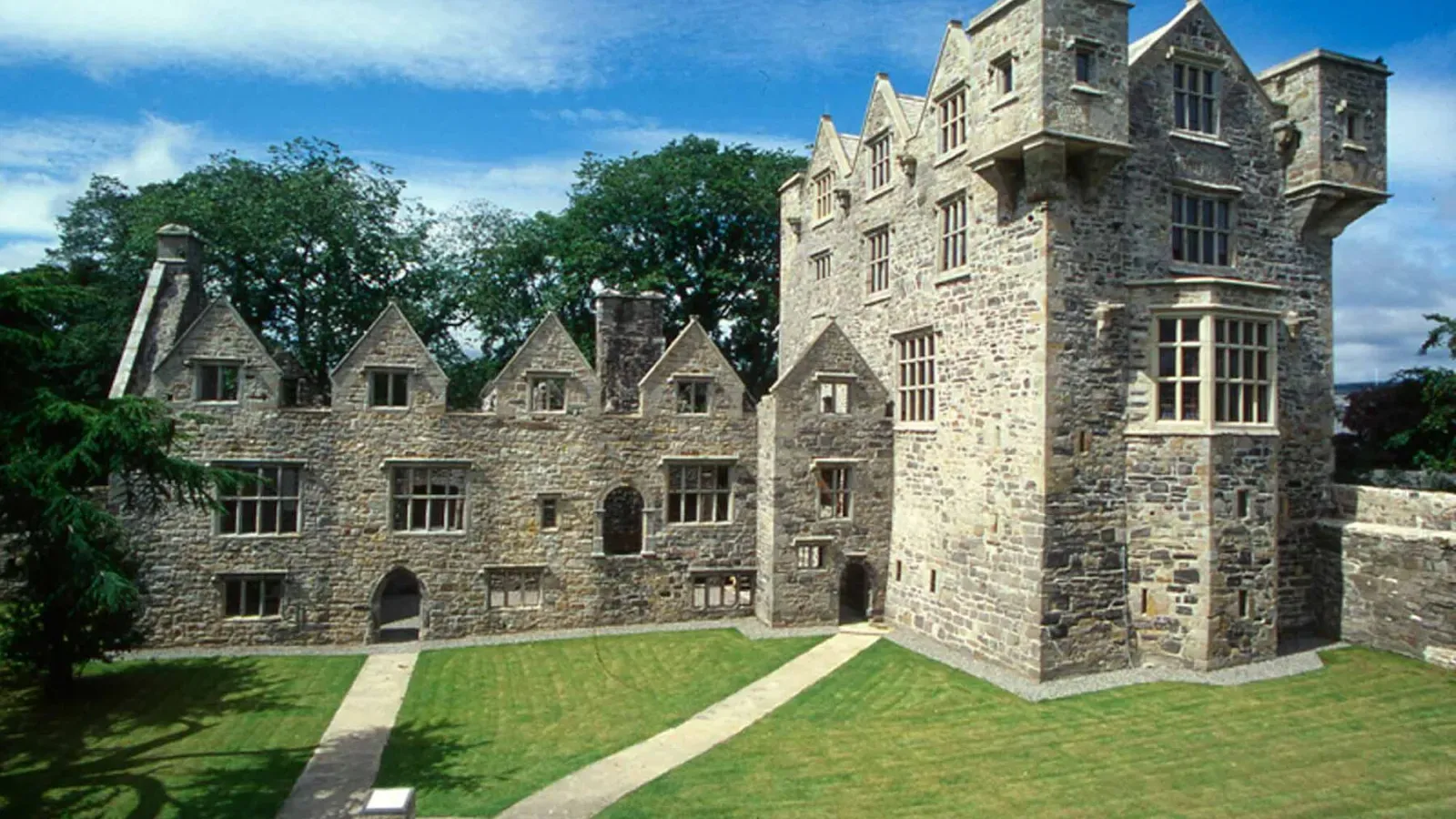
The Seat of the O'Donnells
Built in the late 15th century by Red Hugh O'Donnell, head of one of Ireland's most powerful Gaelic clans, Donegal Castle was both a fortress and a symbol of authority. The O'Donnells were fierce defenders of their lands and their culture, and their castle reflected their prominence—strategically located beside the River Eske, with thick stone walls, defensive towers, and richly decorated interiors.
Red Hugh himself, one of Ireland’s most legendary figures, led resistance against English rule during the Nine Years’ War. His dramatic escape from Dublin Castle and alliance-building across Europe gave Donegal Castle a front-row seat to some of Ireland’s most turbulent chapters.
From Gaelic Stronghold to Jacobean Mansion
After the defeat of the O'Donnells, the castle passed into English hands and was significantly remodelled by Sir Basil Brooke in the early 1600s. He added large windows, ornate chimneys, and new living quarters, turning it into a Jacobean manor while retaining many original features. This fascinating blend of Gaelic and English styles gives the castle its unique character today.
Inside, you’ll find a beautifully restored great hall with timber ceilings and stone fireplaces, as well as a small but engaging exhibition that shares the castle’s layered history.
Exploring Donegal Castle
The guided tour is well worth it—you’ll hear tales of battles, betrayals, and bold escapes while standing in the very rooms where history happened. The castle is compact enough to explore in under an hour, yet rich in atmosphere and detail.
Be sure to look out the windows over the River Eske—it's easy to imagine boats pulling up with supplies, or warriors returning from battle. Even the spiral staircase, worn smooth by centuries of footsteps, feels like a link to the past.
Practical Tips
Donegal Castle is open seasonally, with a small admission fee. Guided tours run regularly and are included in the price. The castle is right in the middle of town, so you’ll find plenty of cafés, shops, and parking nearby. It’s also a short walk from the harbour and nearby walking trails along the river.
After your visit, stroll over to the Diamond—the town’s central square—and grab a bowl of seafood chowder at one of the local pubs. It’s a fine way to digest both your lunch and the stories of a truly remarkable place.
